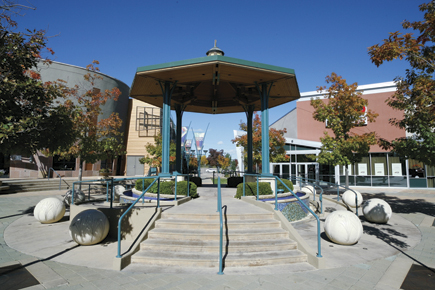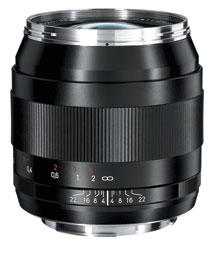Carl Zeiss’ Distagon T* 18mm f/3.5 And Distagon T* 21mm f/2.8 Lenses; Open Wide, Wider Still…That’s It! Page 2
The photographer not used to working with Zeiss lenses may be initially surprised at the weight of these lenses, but they will also be impressed by their precision construction. These are solidly built optical devices combining the finest materials and construction along with optical designs that are time tested and even legendary. What Zeiss has provided is an alternative to other third-party, mostly zoom, lenses where their goal of achieving optical perfection never leaves the top of the company’s to-do list. If you’re looking for the best optical performance in these focal-length ranges and don’t mind focusing, you won’t find better lenses at any price.
 |
|
 |
|
 |
|
|
The Other Side Of Wide
Carl Zeiss recently introduced the Distagon T* 28mm f/2 ZE lens that’s an ideal companion to the Planar T* 85mm f/1.4 and Planar T* 50mm f/1.4 I previously tested and will be similarly useful for available light photography. The Distagon T* 28mm f/2 is compact and uses retrofocus construction, delivering a 74? field of view that’s great for full-frame cameras but dissolves to 44.8mm (equivalent) for Canons with a 1.6x multiplication factor. Floating elements help produce high imaging performance from close-ups to infinity and with its 11” close focusing you can make sharp close-up images of even tiny objects. The wide aperture opening can be a big help with depth-of-field control when you want to separate a subject from the background. With its fast maximum aperture it’s ideally suited for shooting HD video due to its wide focus rotation, superb image quality, and minimal breathing. Breathing occurs when a lens’ optics change the apparent focal length slightly when shifting mechanical focus. The price tag is around $1000 but the 58mm filter size will help save a few bucks when purchasing a polarizer.
 |
Technical Specifications
Distagon T* 21mm f/2.8
Focusing Range: 7.92” to infinity
Number Of Elements/Groups: 16/13
Filter Thread: 82mm
Accessories: Metal lens hood included
Camera Mounts: F Mount (ZF), EF Mount (ZE), and K Mount (ZK)
Price: $1540
Distagon T* 18mm f/3.5
Focusing Range: 11.8” to infinity
Number Of Elements/Groups: 13/11
Filter Thread: 82mm
Accessories: Metal lens hood included
Camera Mounts: F Mount (ZF), EF Mount (ZE), and K Mount (ZK)
Price: $1290 (Canon mount, price varies per mount)
 |
|
|
For more information, contact Carl Zeiss MicroImaging, Inc. at: www.zeiss.com.
- Log in or register to post comments

































